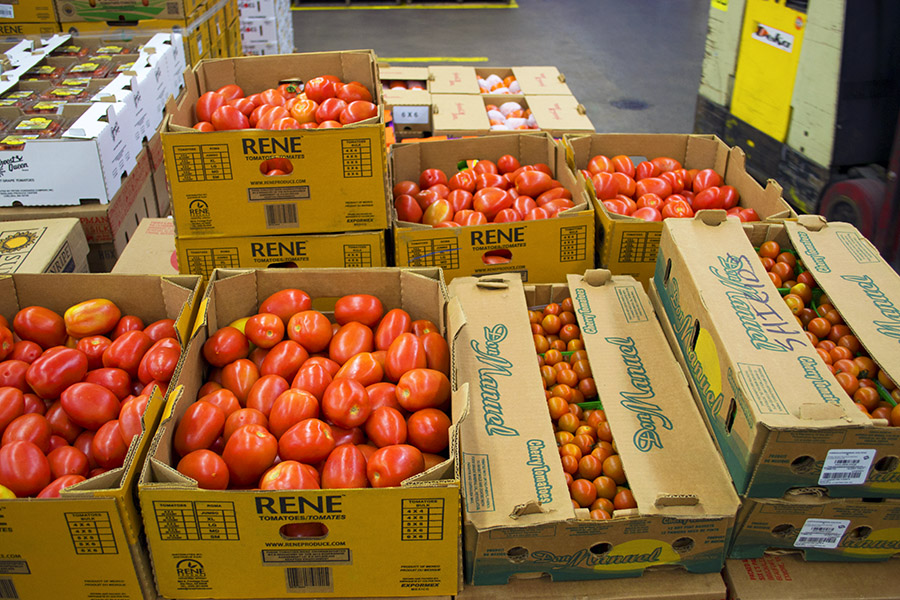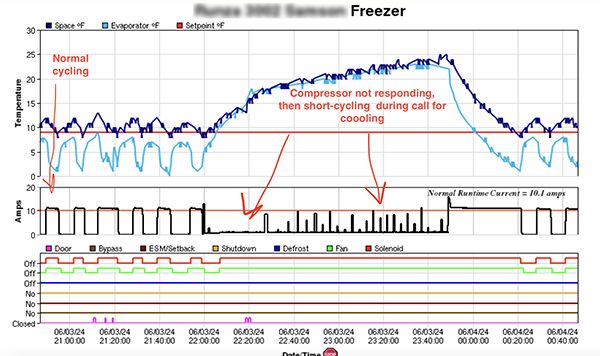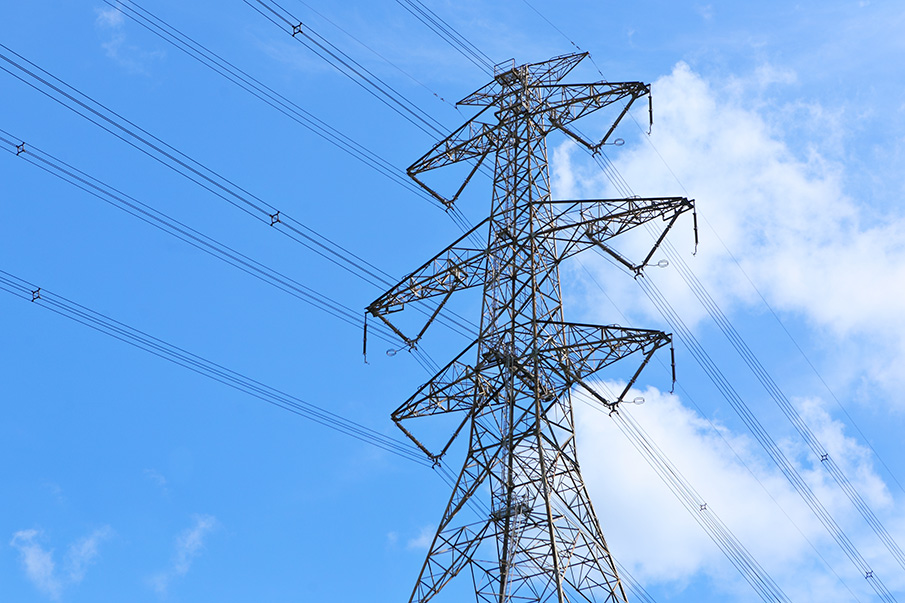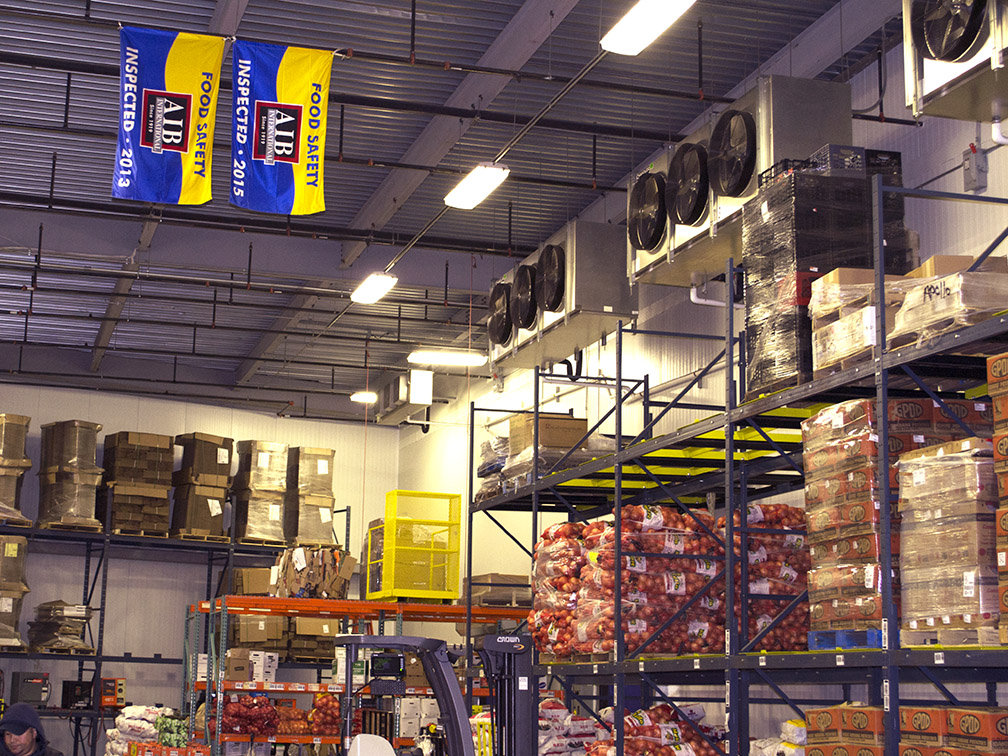If one were to quickly guess which factor in the cold chain process was the most important when it came to large-scale refrigerated storage and transportation, no one could fault you if you said cost. When considering millions upon millions of units that need stored, shipped, and delivered in a fluid, constantly changing world economy, it’s a no-brainer that keeping the costs associated with such massive undertakings would be priority #1. But according to a Customer Research Report published by the Global Cold Chain Alliance (GCCA) this year, cost is indeed important but there are a few other factors that cold chain customers count as just as crucial and in some sectors more so. Making up the demographics of the 202 qualified responses to the GCCA’s survey, 56% of respondents were food manufacturers or processors, and 29% were in distribution (the other 15% were less clear in their market vertical).
So what were the other factors besides cost that drove their decision-making?
Food Safety
At every level of the cold chain, food safety is obviously paramount. However, only recently has it truly become one of the most crucial determinants for choosing a provider, often superseding cost.
For starters, brand identity and food safety have become intrinsically linked. Nothing can nuke a brand’s image more than a threat to public safety with tainted product. And the days when a company was able to get ahead of a brand issue, controlling the narrative and making corrective measures before a possible whirlwind are over. As social media continues to become more ubiquitous in society, the revelation of a food safety nightmare is instantaneous; as is the feedback. Things can quickly spiral out of control before the company is able to get a handle on how to deal with both the issue and the fallout of the issue.
Thus, cold chain customers are demanding more and more from their providers to ensure their brand is not jeopardized by a food safety issue at a stage in the process between manufacture and end-customer purchase.
And the GCCA survey responses support this notion: 77% of respondents either “agreed” or “strongly agreed” that their cold chain providers play a crucial role in their company’s food safety.
Customer Service
Another top priority for cold chain customers that may not have been as high on the totem pole five or ten years ago is the customer service aspect of their providers, insourcers, and outsourcers. For many of the respondents in the survey, their own customers demand such a high level of service from them that it only makes sense they’d reflect those desires for themselves. If your buyers require good communication and transparent processes, why wouldn’t you ask the same of your providers? Aligning your brand identity with your customer’s identities can only be beneficial, and customers are more likely to be a long-term supporter of a company they can feel “good” about buying from and interacting with.
Customer service goes beyond phone support. In the world of the cold chain, it can include a provider’s ability to be flexible, adaptive, or innovative. Or their effect on day-to-day operations like order accuracy, delivery times, and fill rates. According the Research Report, customer service was the leading determinant in a company ending a relationship with a provider.
One processor who took completed the survey had this to say about the importance of customer service: “Things happen all the time. Can they respond? Can they react? Are they helpful? Will they go the extra step to help you?…We want the ability to be able to pick up the phone, reach out to somebody, and say, ‘Hey, I’ve got a circumstance, whatever. Can you help me?’ And then it’s having [to] embrace that and respond to it. And some do it very well, and some do it less than well.”
Interestingly, customer service was the #1 consideration for both the larger companies (earnings of more than $100 million) and smaller ones (earnings of less than $10 million).
The report summarized the data regarding respondents’ views of customer service, and the importance of it, as follows: “When asking respondents to identify their wants and needs from their cold chain provider, 34 percent selected a combination of quality and accuracy, customer service, communication and other factors. These answers show a deep interest in a variety of factors that touch customer service. Respondents want their cold chain providers to be real partners. They want them to be communicative and innovative as industry needs change and grow.”
Transparency
Last but not least, another factor that has taken on more prominence recently is cost and operational transparency. While cost in and of itself is still important, and always considered before a new purchase or partnership, what that cost actually acquires for the cold chain customer carries just as much influence. This change in priority comes from a very real place according to the results of the research: 81% respondents said their cold chain costs had increased in the previous 24 months. The respondents noted increasing costs were inevitable, but so too is the growing need to know exactly what they’re getting for the higher costs.
In order to make better decisions on their own end, cold chain customers need to know why their costs are changing.
The Research Report also dives into KPIs, insourcing and outsourcing factors, and general satisfaction. We highly encourage everyone to read the full, free report over at the GCCA website. In summarizing the results of the survey, it’s clear that the decision-making process does not fall on one factor well above the rest. However, if it were to come down to one thing for a cold chain customer, the odds are increasing that it’s food safety over anything else, including cost. It’s important that companies on both sides of the cold-chain coin (customers and providers) adapt their business models—if they haven’t already—to better support the evolving needs of the market.




